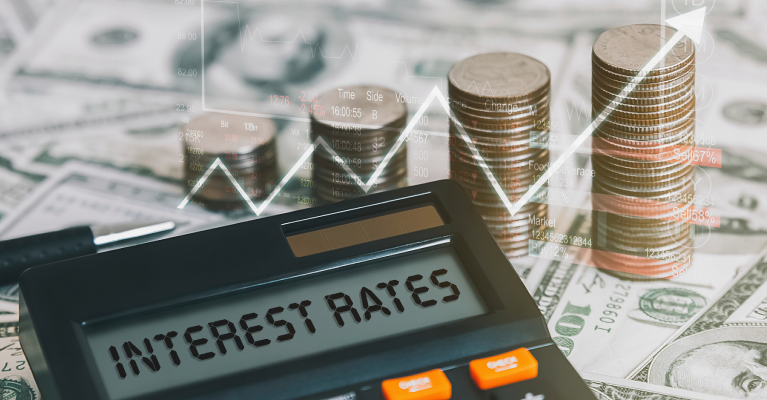It’s no secret that a college education typically comes with a hefty price tag.
Following years of payment pauses for Federal student loans as a result of the pandemic, interest began accruing again in September 2023, with the first payments due in October 2023.
Coupled with rising costs and inflation, which 72% of regional residents cited as a reason why they’re spending more now than last year in a recent WSFS Bank Money Trends study, many consumers have seen their budgets stretched even thinner.
Here are tips to help you manage your student loan repayment.
Assess Your Total Debt
First things first, it is important to have a handle on all your outstanding debt, including any credit card or other loans you may need to pay back in addition to your student loans. If you’ve been deferring payments over the past few years during the pause, it is also important to ensure you know who your loan servicer is, which can be found at StudentAid.gov.
Once you have a clear picture of how much you owe across your various loans and lines of credit, you can begin to put a plan in place for how you’ll pay each back. If you have multiple loans or credit cards to pay back, take a close look at the interest rate on each to help determine if consolidating some or all of your debt using a personal loan or home equity line of credit (HELOC), if you’re a homeowner, makes sense for your situation.
Know Your Options
While the Supreme Court blocked the Federal Government’s broad student loan forgiveness plans, there are still other programs borrowers may be eligible for that can help reduce their payments and potentially forgive some of their loans.
Explore the various repayment options offered to see if there is an option that you qualify for that works for you. There are fixed repayment plans, including the Standard Repayment Plan, Graduated Repayment Plan, and Extended Repayment Plan.
Income-Driven Repayment (IDR) Plans are also an option and take into account your family size and earnings. Among the options is the Saving on a Valuable Education (SAVE) Plan, Pay As You Earn (PAYE) Repayment Plan, Income-Based Repayment (IBR) Plan and Income-Contingent Repayment (ICR) Plan.
In addition to your repayment options, the government created a temporary “on-ramp” for student loan repayments that runs through September 2024. During this time, student loans will not be considered delinquent if you miss a payment, and missed payments won’t be reported to credit bureaus or sent to debt collection agencies, but interest will continue to accrue on your student loans.
As a result, you should still make your payments if you’re able to in order to avoid the interest from continuing to accrue. Setting up auto-payments for your loans can help streamline your repayment and avoid the chance of forgetting to make your monthly payment.
Re-Focus Your Finances
After years of payments being put on pause, many consumers adjusted their financial habits to their “new reality.” With payments resuming, it is vital to revisit your budget and ensure you’re incorporating the added expense.
With interest rates remaining high, it is also important to monitor your other borrowing like credit card purchases to avoid overextending yourself.
If you find your budget is in a deficit, review your accounts to find areas where you can cut non-essential purchases – like unused subscription services. Utilizing online and mobile banking can be a quick and convenient way to review your finances on demand.
If you need additional assistance, consider scheduling a call with your local banker, who can help review your finances and put a plan in place to pay off your student loans and reach your financial goals.

Helping you boost your financial intelligence.
Read our financial resources from your friends at WSFS.




